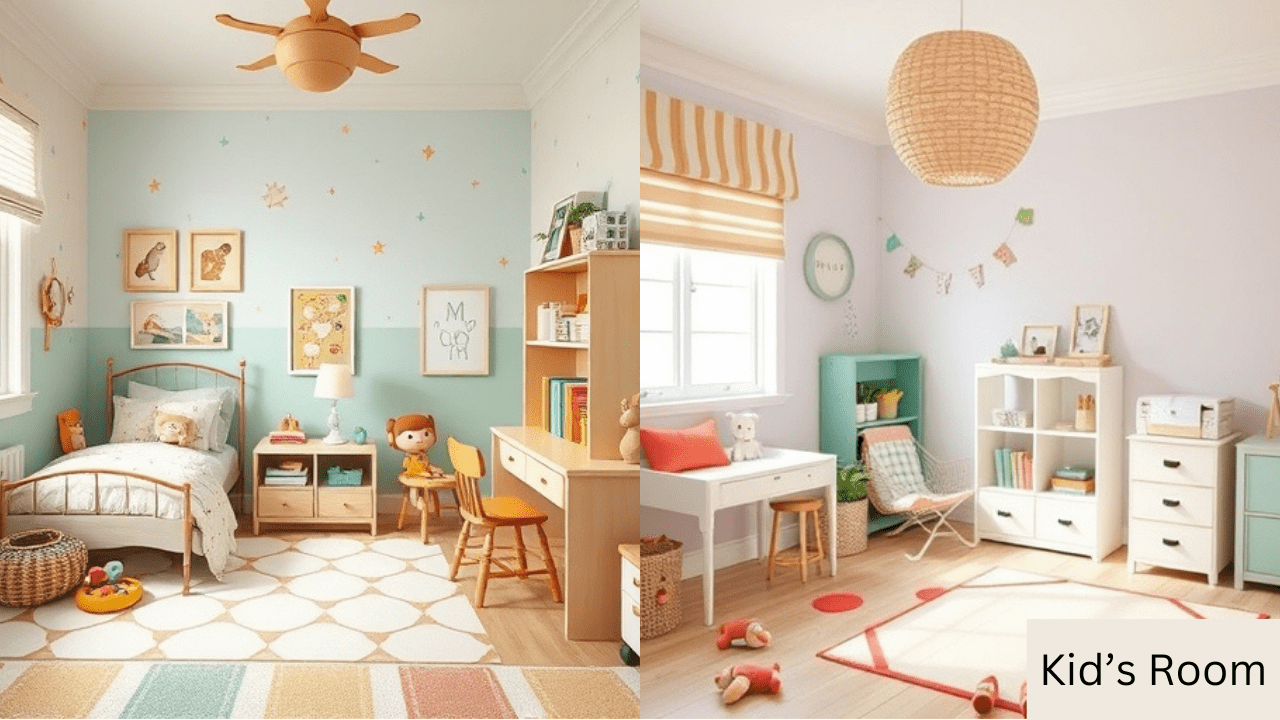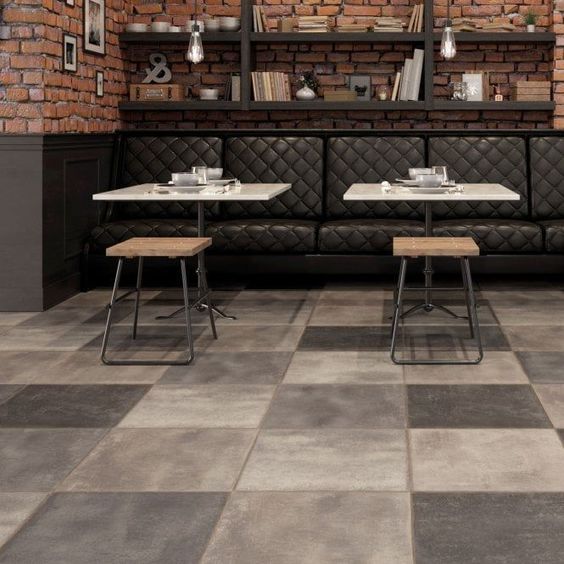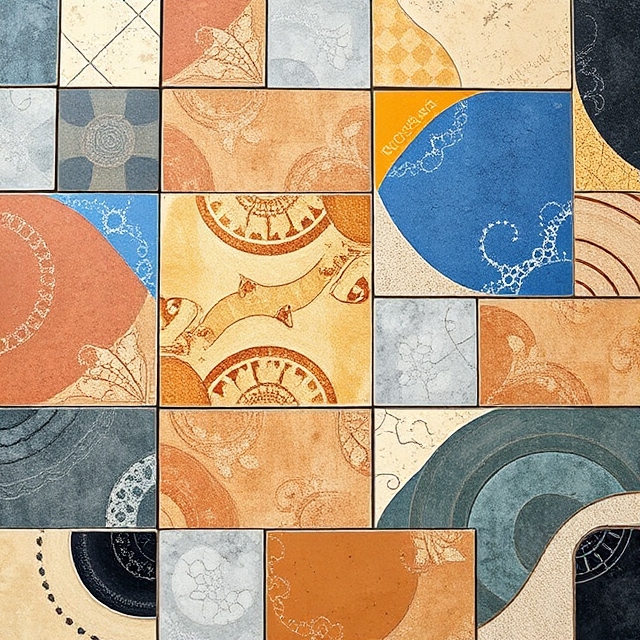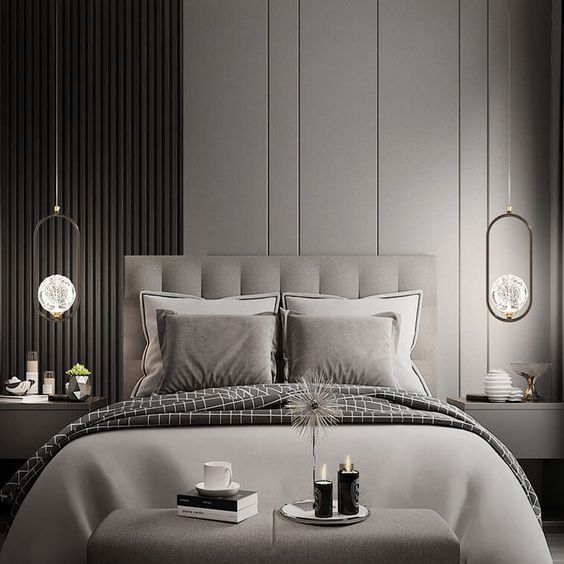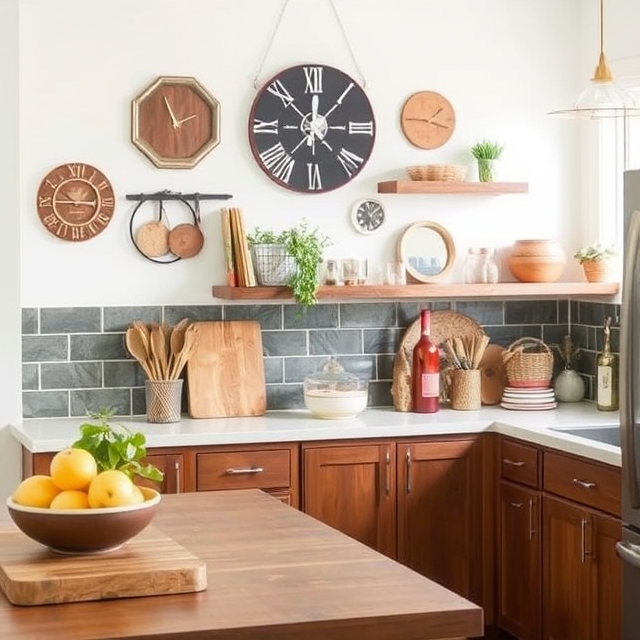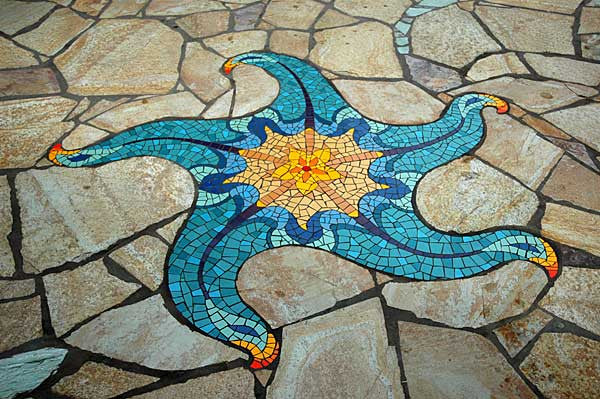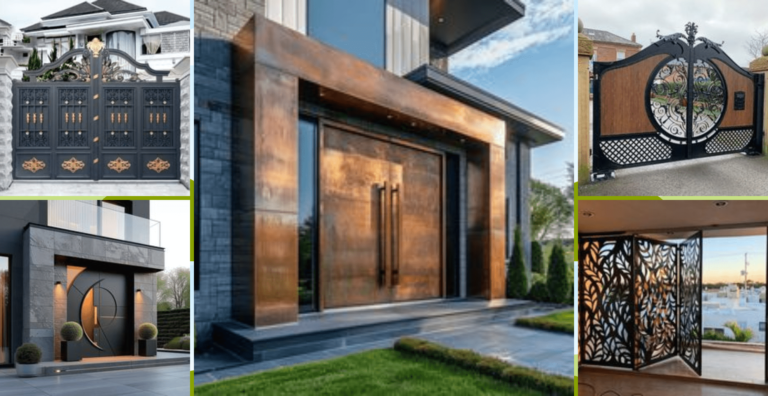Creating the Perfect Kid’s Room: A Blend of Fun, Function, and Growth
Designing a kid’s room goes beyond just selecting the right furniture or colors. It’s about creating a space that is not only functional but also stimulates creativity, supports growth, and provides a safe, comfortable environment for your child. Whether you are decorating a nursery for a newborn or a room for a toddler or school-aged child, it’s essential to balance practicality with fun elements that reflect their personality. Here’s a guide to creating the perfect kid’s room that fosters imagination, organization, and a sense of independence.
Understanding the Needs of a Kid’s Room
A child’s room is more than just a place to sleep. It serves as a play area, a study space, and a sanctuary for relaxation. The design of the room should reflect all these functions while keeping the child’s evolving needs in mind. For a room to be truly effective, it should be adaptable, safe, and engaging, ensuring that your child will enjoy spending time in it at various stages of their life.
Create a Functional Layout
The first step in designing a kid’s room is to plan a functional layout. A well-thought-out floor plan ensures the room meets both the child’s needs and your daily routines. When considering layout, think about:
- Zoning the Room: Create specific zones for sleeping, playing, and studying. Use furniture placement or even rugs and curtains to define these areas. This will help create a sense of structure, which is important for both younger and older children.
- Storage Solutions: Kids come with a lot of stuff — toys, books, clothes, art supplies, etc. Incorporate plenty of storage options to keep the room tidy. Shelves, baskets, bins, and multi-functional furniture (like beds with storage drawers) are great choices to keep things organized. Encourage your child to participate in organizing their space to foster independence.
- Safety Considerations: Make sure the room is safe, especially for younger children. Anchor heavy furniture to the wall to prevent tipping, choose non-toxic paints, and avoid sharp corners by opting for rounded edges on furniture. It’s also important to ensure that any toys or accessories are age-appropriate.
Choosing the Right Color Scheme
Colors play a significant role in setting the mood of the room. When choosing a color palette for your child’s room, consider their personality, the room’s purpose, and how the colors make them feel.
- Bright and Bold: If you want to stimulate creativity and energy, consider vibrant colors such as bright blues, greens, or yellows. These colors are perfect for play areas or study spaces. You can use these as accent walls or in artwork, linens, and toys.
- Soothing Neutrals: For a more tranquil space that promotes relaxation and sleep, opt for soft tones like pale pinks, lavenders, light blues, or soft greens. Neutral shades also provide flexibility, as they can grow with your child and adapt to different styles as they age.
- Gender-Neutral Themes: If you prefer a gender-neutral room, earthy tones like warm browns, greens, and greys, paired with pops of bold colors, work well for any child. These shades create a balanced and calming atmosphere.
Incorporate Playful and Creative Elements
A kid’s room is meant to be a place of imagination and play. Integrating playful elements into the design will make the room exciting and engaging for your child.
- Themed Rooms: One of the most popular ways to create a fun environment is by designing the room around a theme that your child loves. Whether it’s space, under-the-sea adventures, superheroes, or princesses, a theme adds personality and a sense of belonging. You can incorporate these themes into bedding, wallpaper, wall decals, rugs, and even furniture.
- Wall Art and Decor: Decorate the walls with colorful art, posters, or DIY crafts. Hanging framed artwork or family pictures is an excellent way to add warmth and personalization. Choose items that are visually stimulating yet not overwhelming. Wall decals, murals, or chalkboard walls are great options for adding character and creativity to the room.
- Interactive Features: Consider adding a chalkboard or whiteboard wall, which provides an interactive space for your child to draw, write, and express themselves. A reading nook with soft cushions and shelves full of books can create a cozy area for them to unwind and engage in quiet activities.
Choose Multi-Functional Furniture
In a kid’s room, furniture needs to be versatile and functional. Kids’ furniture should be practical, but also easy to clean and durable enough to withstand wear and tear.
- Convertible Beds: Consider investing in convertible beds that can grow with your child. A crib that transitions into a toddler bed or a bed with adjustable heights can be useful in the early years. As they grow, consider a lofted bed with space underneath for a play area, desk, or additional storage.
- Storage Solutions: Multi-functional furniture, such as a bed with built-in drawers or a desk that doubles as a storage unit, can help save space. A toy chest or a stylish bookshelf can serve as both storage and decor.
- Ergonomic and Age-Appropriate Furniture: For older children, choose ergonomic desks and chairs that support proper posture. A well-designed study area encourages good habits when it comes to homework and study time.
Lighting Matters
Lighting is essential in any room, but especially in a kid’s room where various activities take place. Layer the lighting to provide different options for different activities, such as reading, playing, and sleeping.
- Task Lighting: Use desk lamps or bedside lamps that are easy for children to reach and adjust. Adjustable lighting is especially important in study or craft areas.
- Ambient Lighting: For a calming effect, consider a ceiling light or pendant light that creates a soft glow throughout the room. Avoid harsh, direct lighting that might be too stimulating.
- Accent Lighting: Decorative string lights, nightlights, or lanterns can add charm to the space. A glowing star ceiling or a fairy light display can create a cozy and magical atmosphere.
Add Personal Touches
Making a kid’s room feel like their own personal space is key to fostering a sense of ownership and independence. Personal touches help create a room that your child loves and feels comfortable in.
- Customized Decor: Allow your child to be part of the decorating process. Personalized items such as custom nameplates, monogrammed bedding, or personalized wall art will make the space feel truly theirs. You could also let them choose a few accessories like cushions, rugs, or even curtains that reflect their tastes.
- Interactive Spaces: Create areas where your child can freely express themselves, such as a drawing wall or a space for their artwork to be displayed. A corkboard or magnetic wall can serve as a place to showcase their drawings, achievements, or favorite photos.
- Family Involvement: Let the room reflect a sense of family. Include family photos, handmade crafts, or sentimental items that bring warmth and connection to the space.
Incorporate Greenery and Nature
Incorporating nature into a kid’s room can have a positive impact on their well-being. Plants provide fresh air, calm the senses, and add life to the room.
- Indoor Plants: Choose low-maintenance plants that are safe for children, such as spider plants, snake plants, or succulents. You can display them on shelves or use them as part of the room’s decor.
- Nature-Inspired Themes: Consider using nature-inspired patterns in the bedding, curtains, or wall decor. These might include floral prints, animal motifs, or forest themes, helping bring the outdoors inside.
Conclusion
Designing a kid’s room is about blending creativity, comfort, and practicality. From choosing the right furniture and colors to incorporating storage solutions and interactive features, every element of the room should cater to your child’s needs and foster a nurturing environment. By balancing playfulness with functionality, you can create a space where your child feels safe, inspired, and ready to explore the world around them.
Read More:

